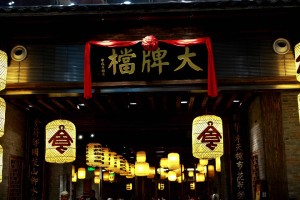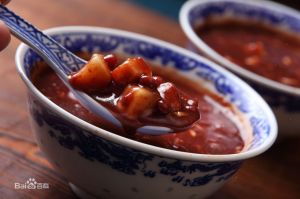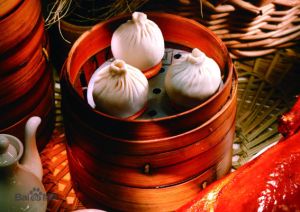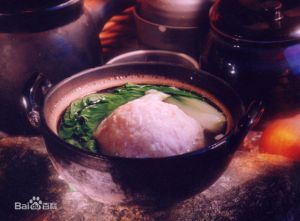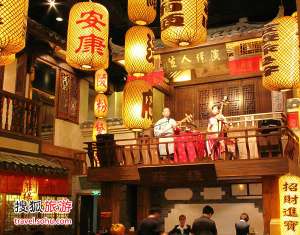People living at most regions of China prefer to eat steamed buns stuffed with veggie, meat or combination of both for breakfast. The steamed buns are so tempting especially when you passing by a steamed-bun selling window, smelling and seeing the flavored steam coming out of the steamer. While you are wondering the fillings of the steamed buns, you’ve already started drooling and slowed your rushing pace to the office.
Qing Feng Steamed Stuffed Bun Shop is my favorite steamed bun restaurant in China. It was founded in 1948, and named “Wan Xing Ju”. At that time, it’s a restaurant serving side plates, stir fired dishes and rice etc. Since 1956, Wan Xing Ju’s public and private sectors have merged, rebranding as a specialized business in making steamed buns. They offer good quality stuffing, flour, secret ingredients (in a good way), and versed bun chef teams to make their steamed buns to stand out from the crowd.
Steamed buns with pork and shredded seafood,veggies and seafood, prawns,preserved veggies,veal and green onions,carrots and veal and you name it. Except from the signature steamed buns, they also serve a variety of appetizers, side plates and seasonal specialties with options of ten categories – wonton with chicken soup, purple rice congee, sautéed veal, crisp fish, and the most popular traditional cuisine called “chaogan” (stir-fried liver, to some it may sound “phew…er…”, but it is yum!)

Believe it or not: Qing Feng Steamed Stuffed Bun Shop is also Xi Jinping’s (President of China) favorite steamed bun restaurant. Since President Xi visited Qing Feng and ordered “pork buns with green onion + stir-fried Chinese mustard+ stir-fried liver”, “President combo” has soon been released and promoted since last year. You could imagine how popular this set is.

For those who are ambitious enough to try to make steamed buns themselves, I share the video clip that I think is the most classic way of making buns according to my beloved mommy.






